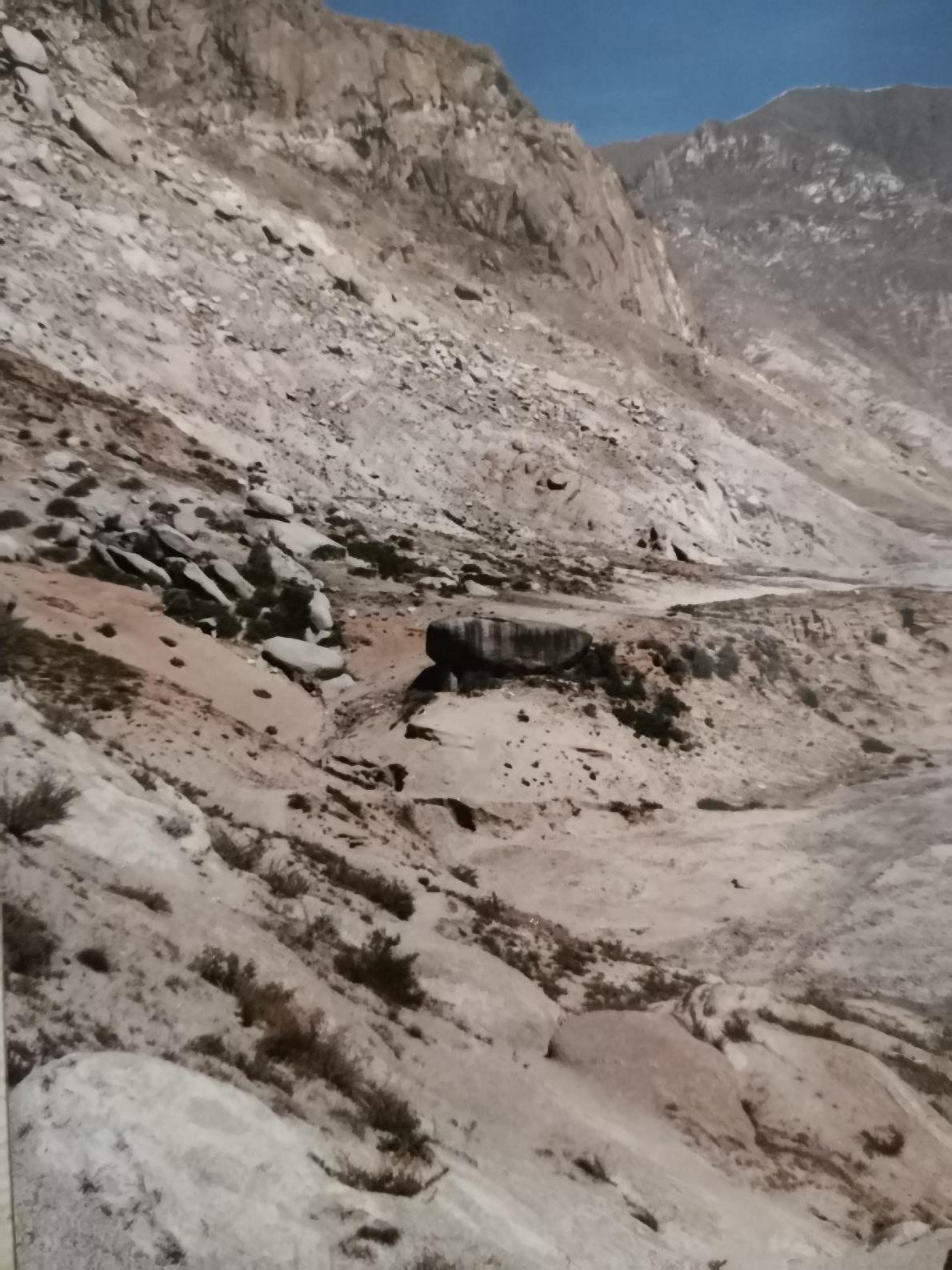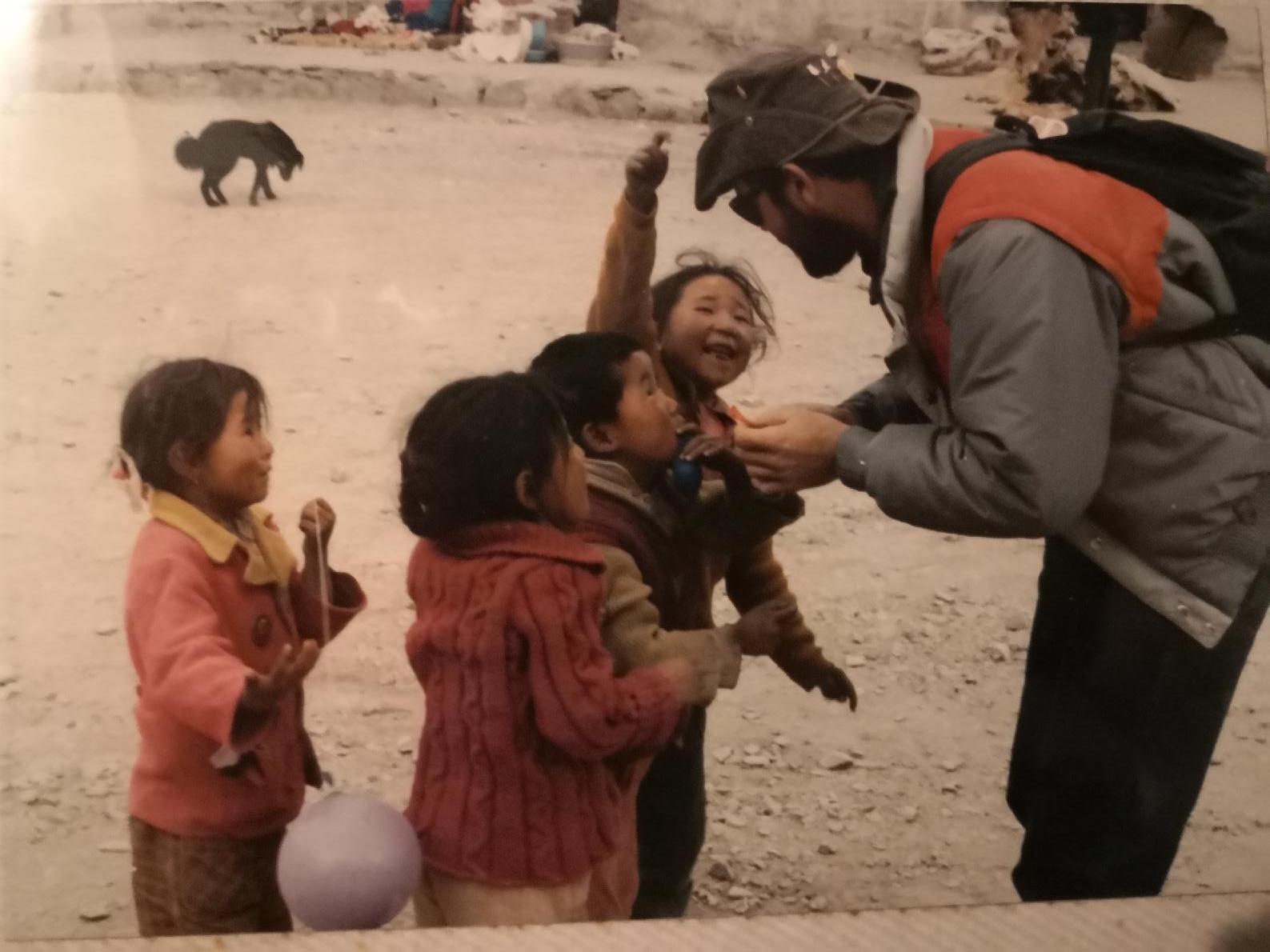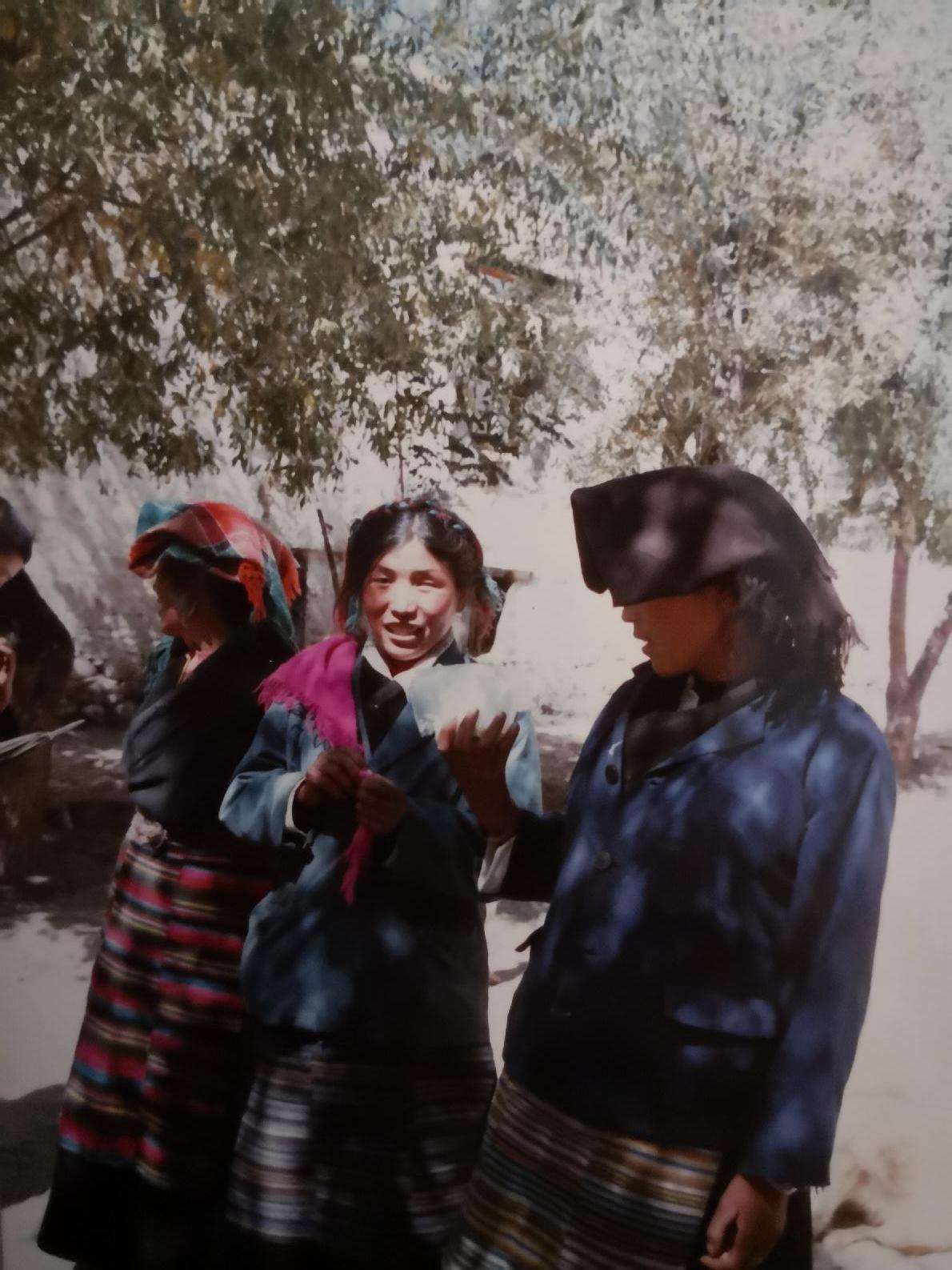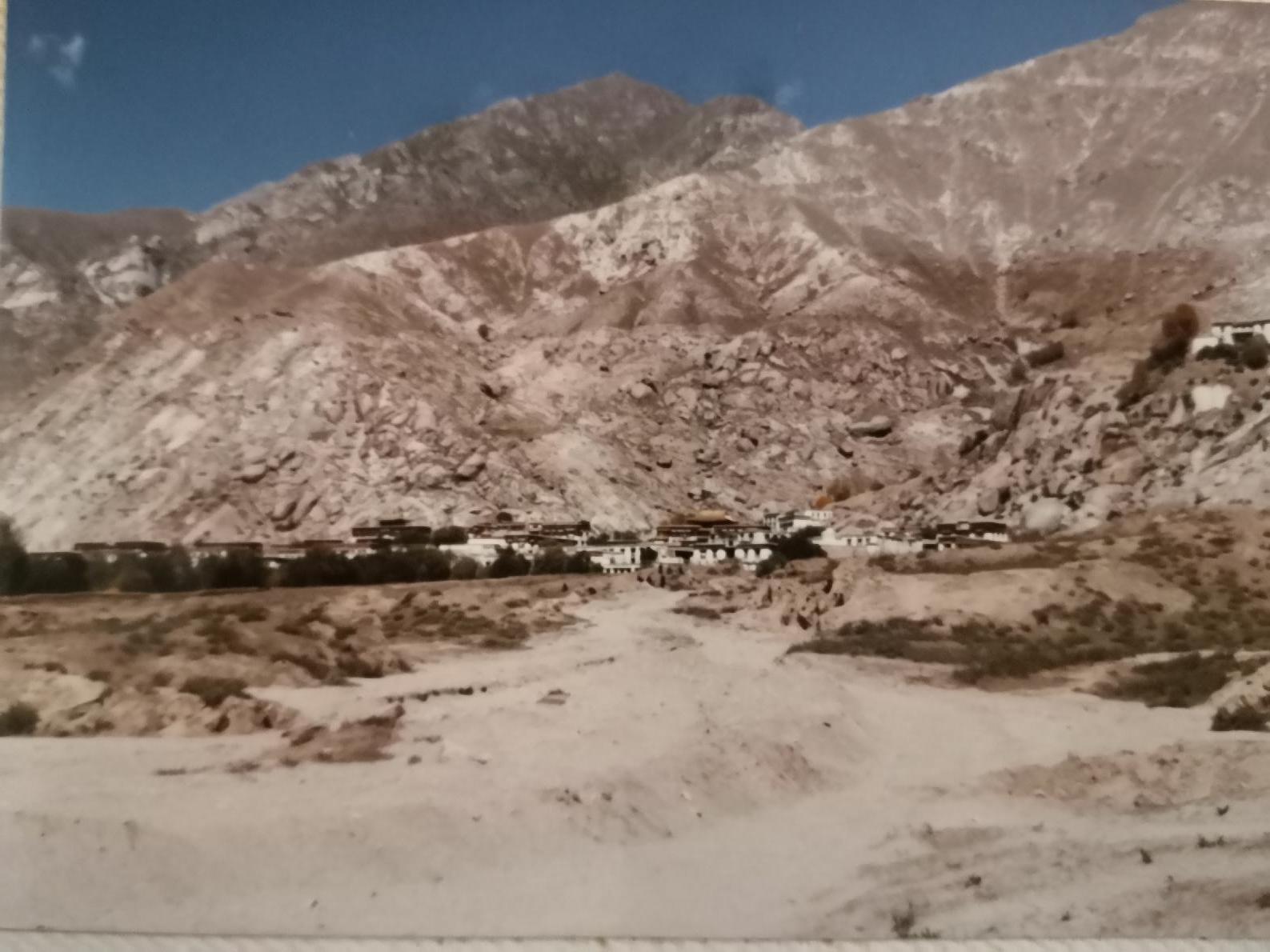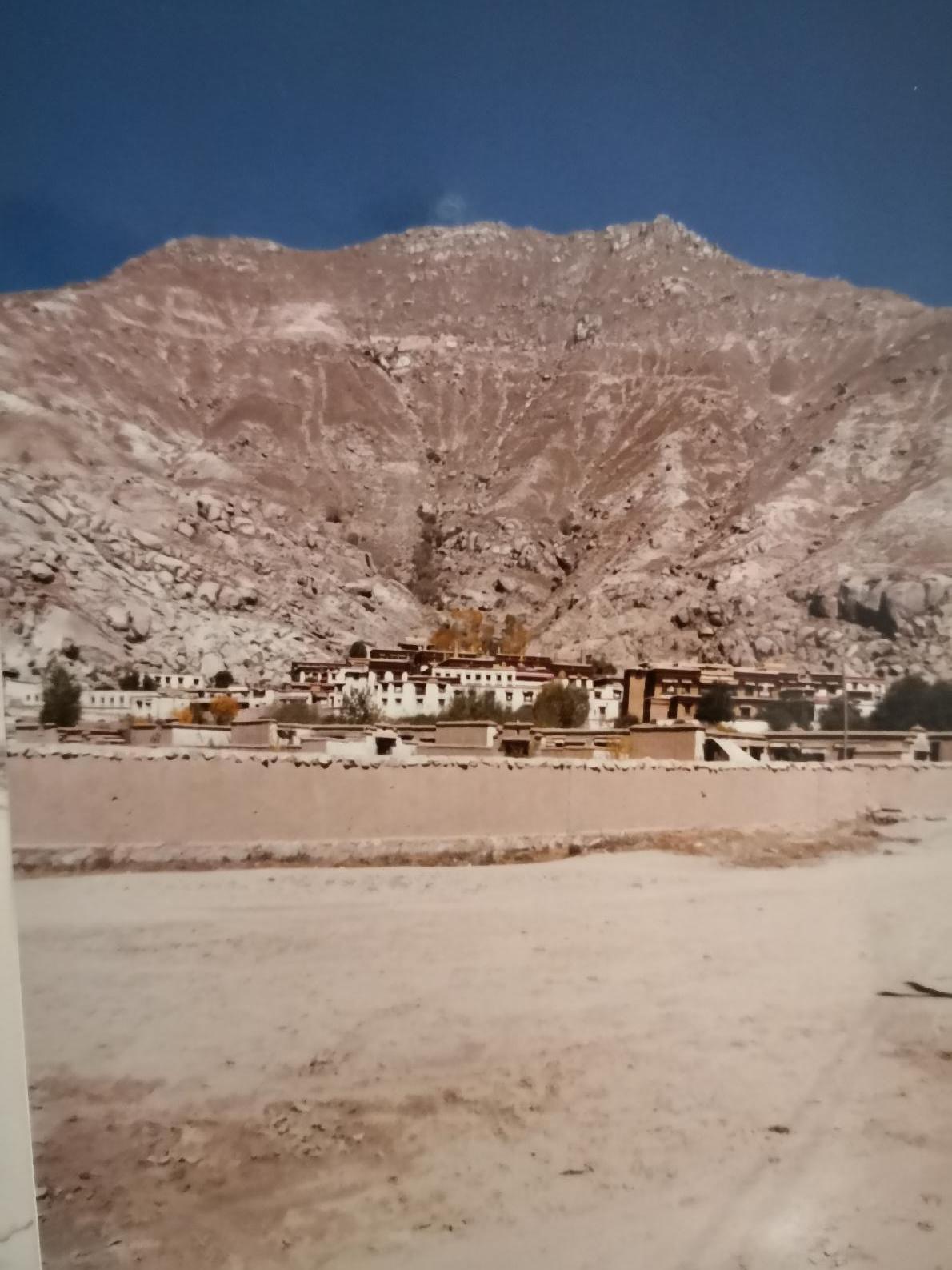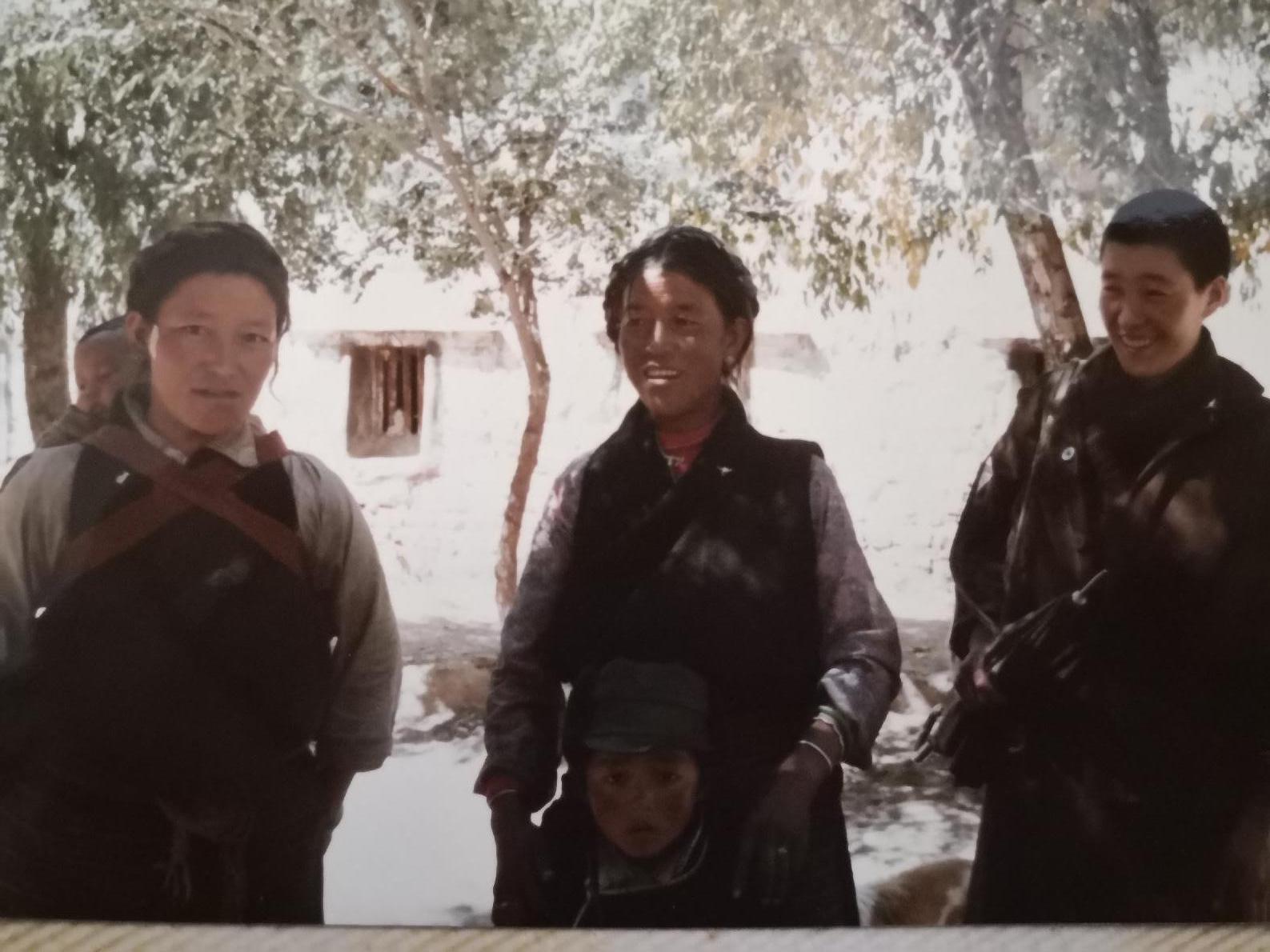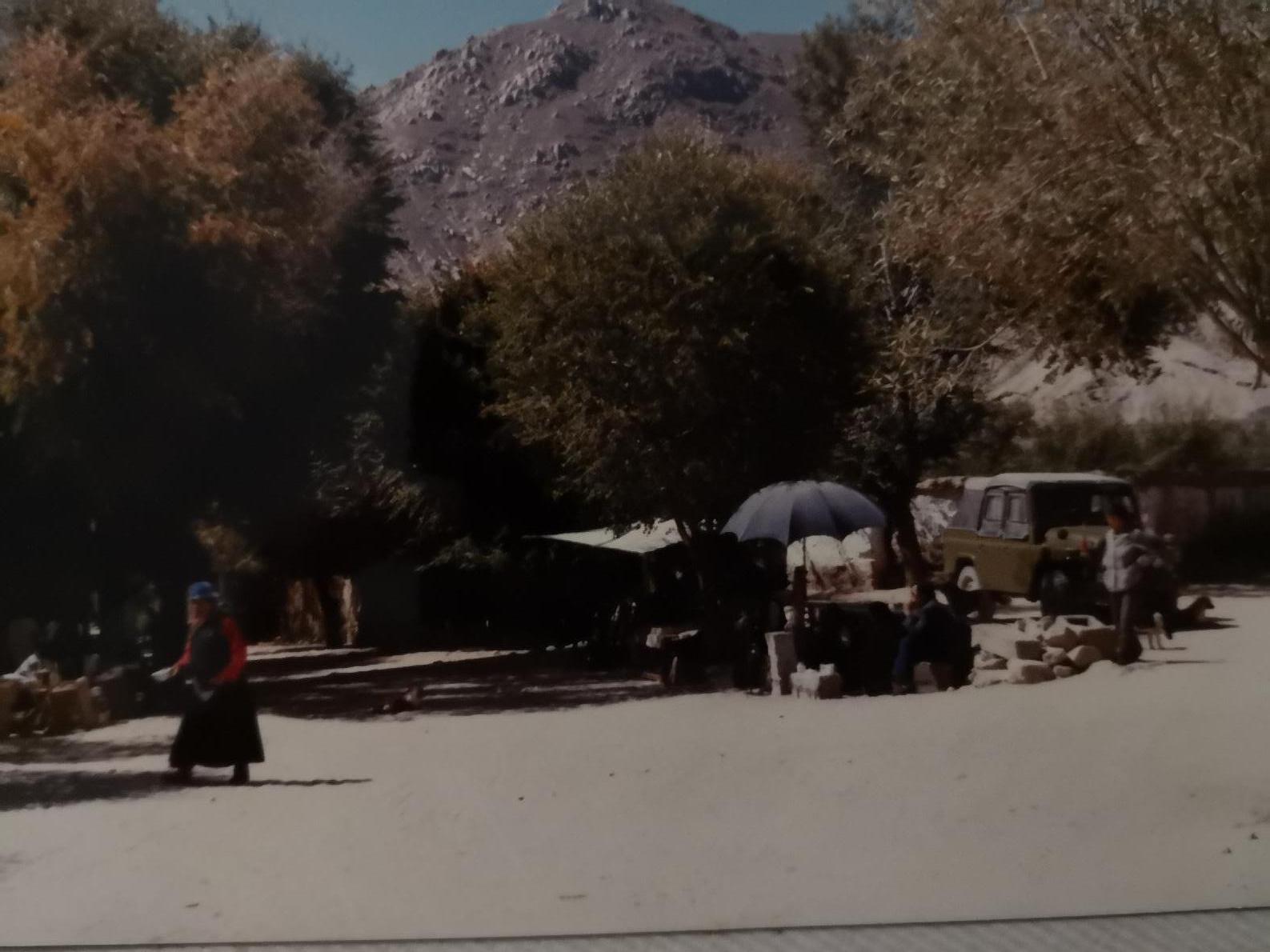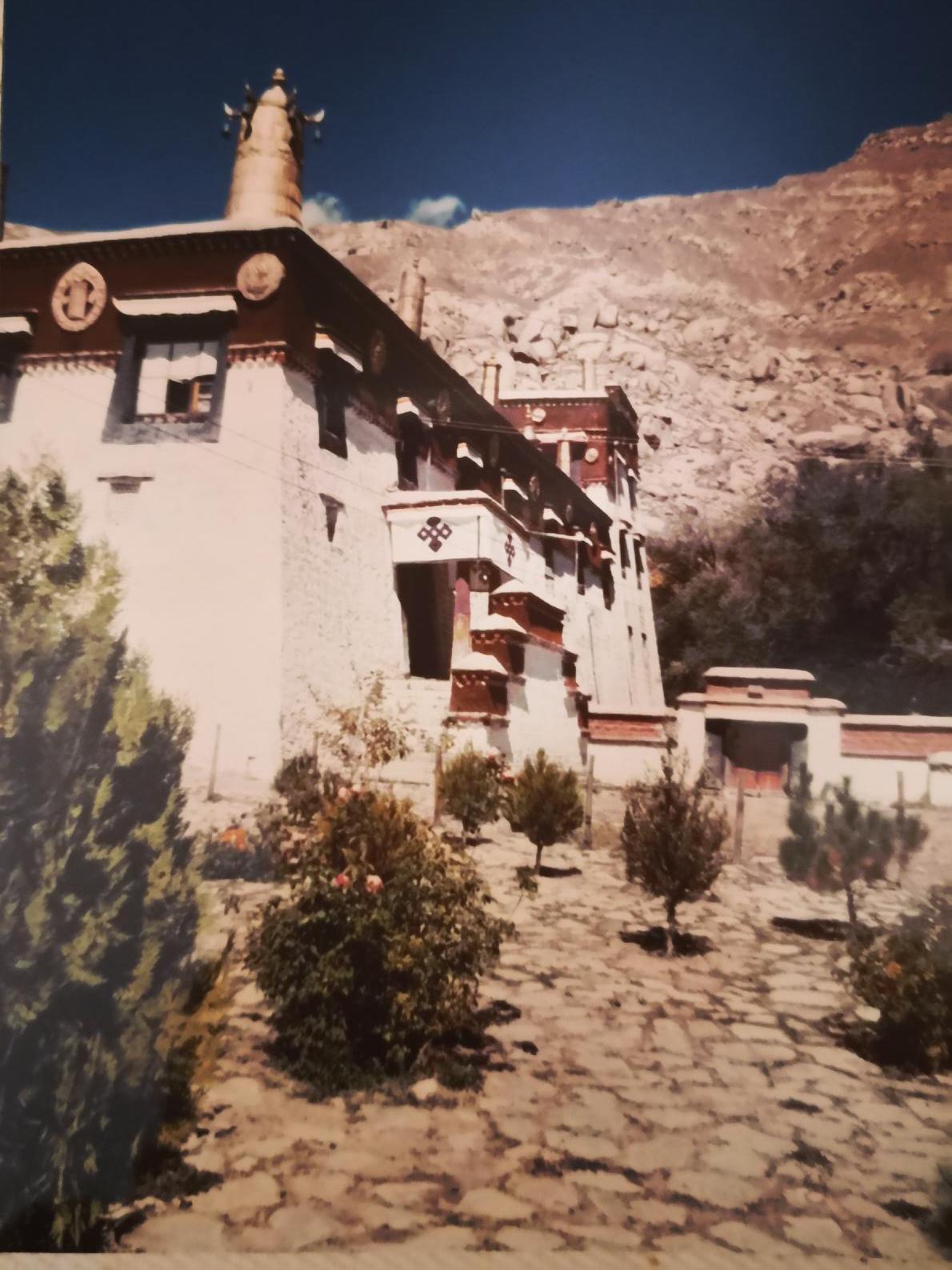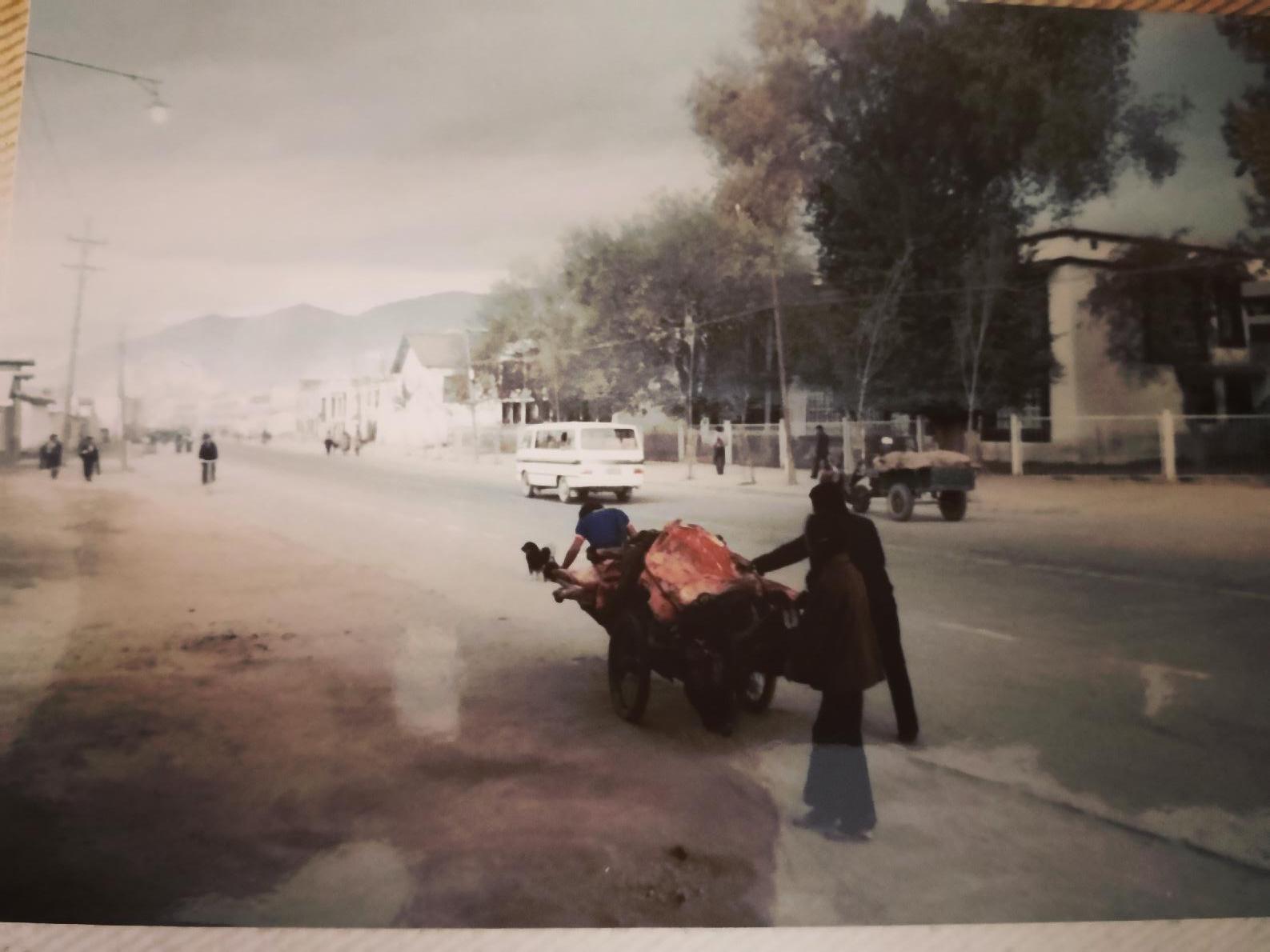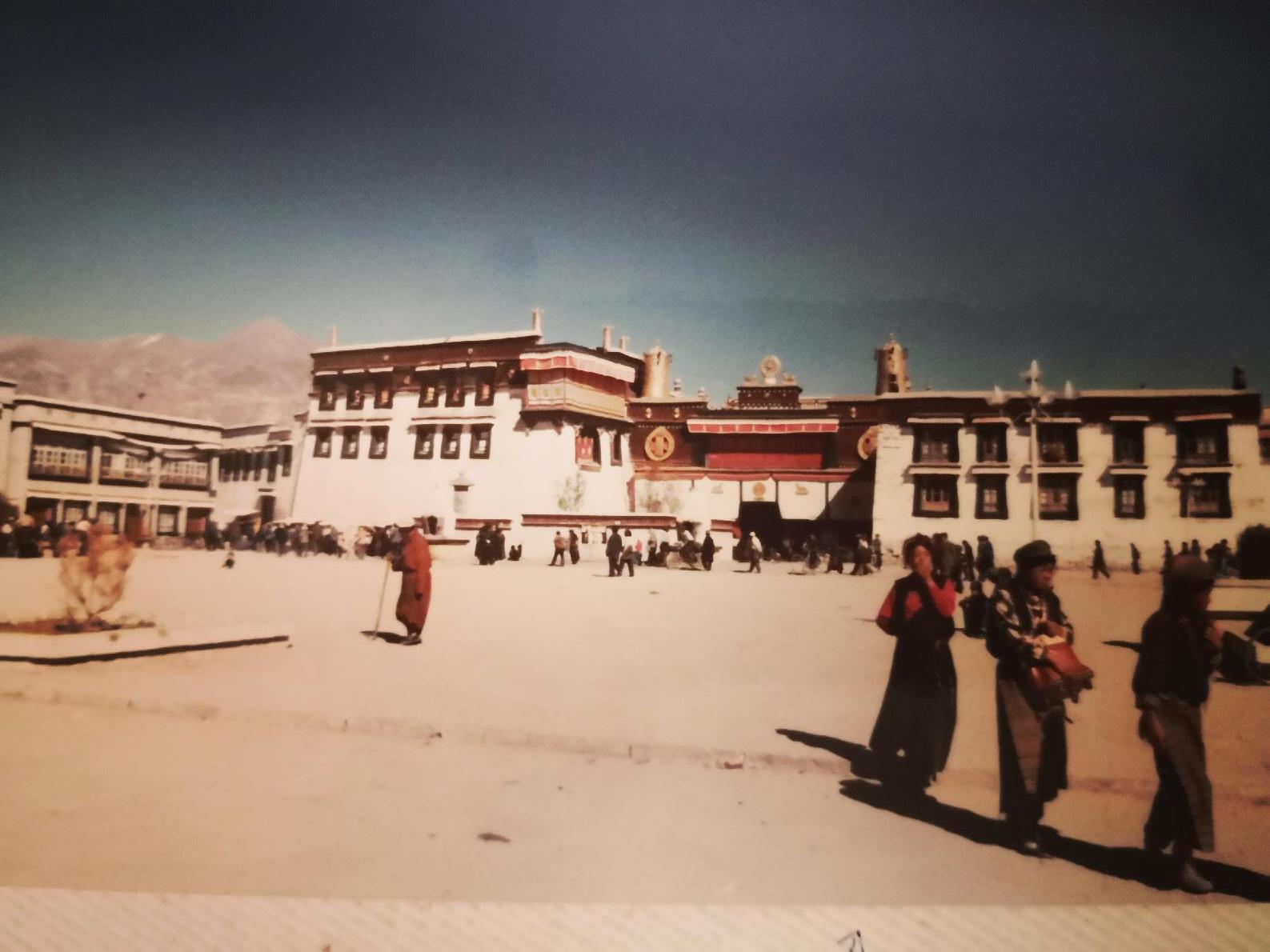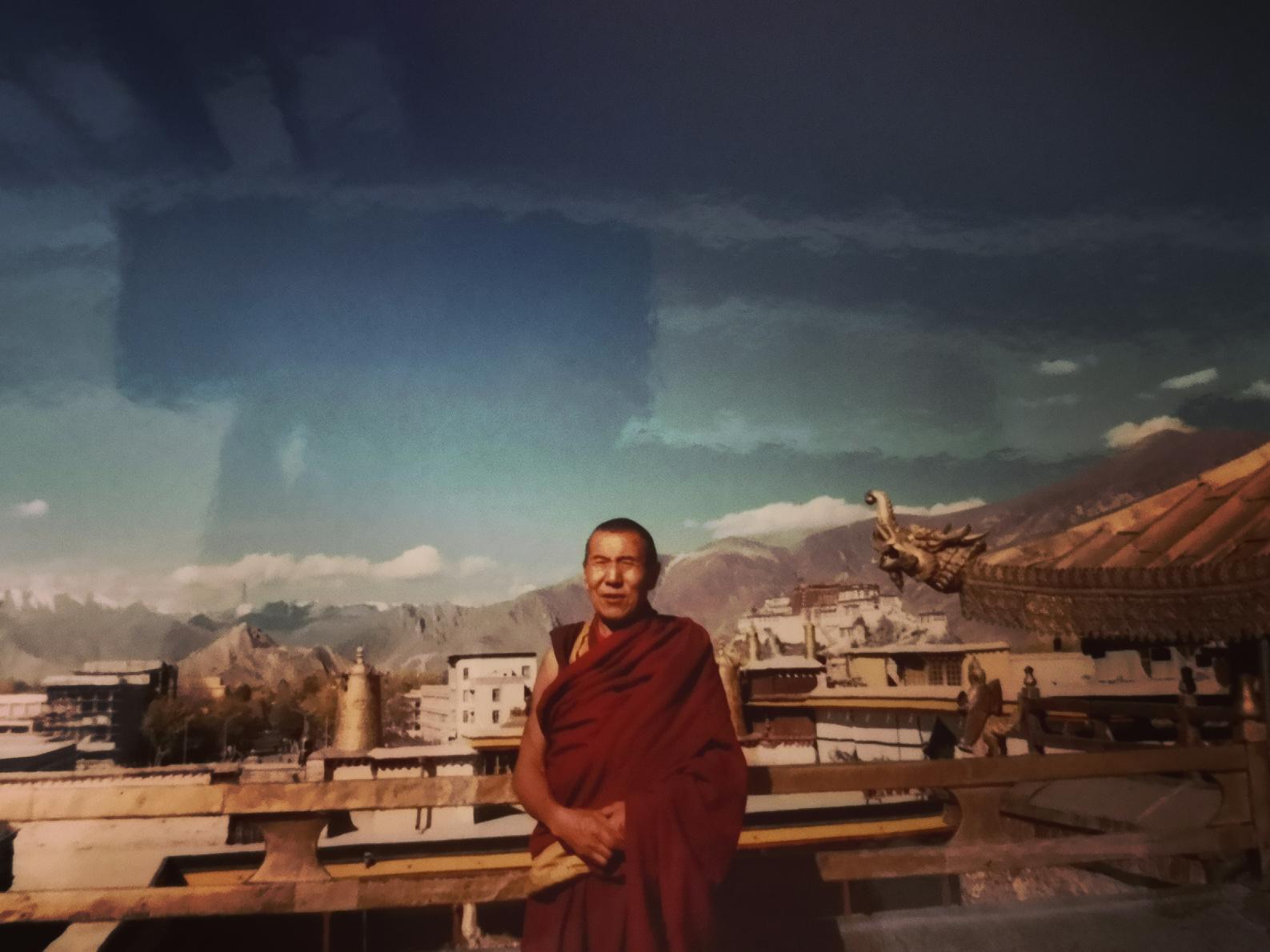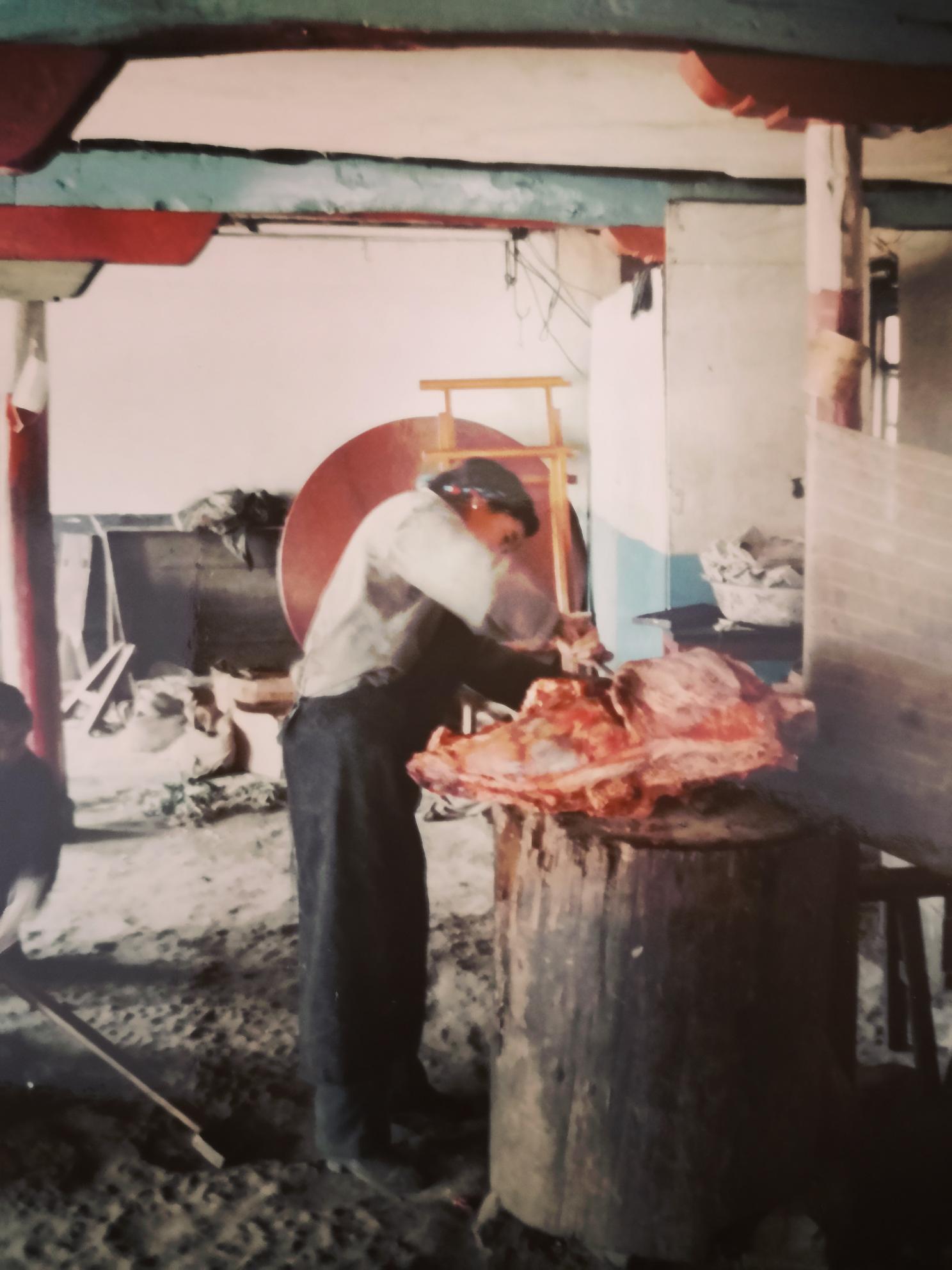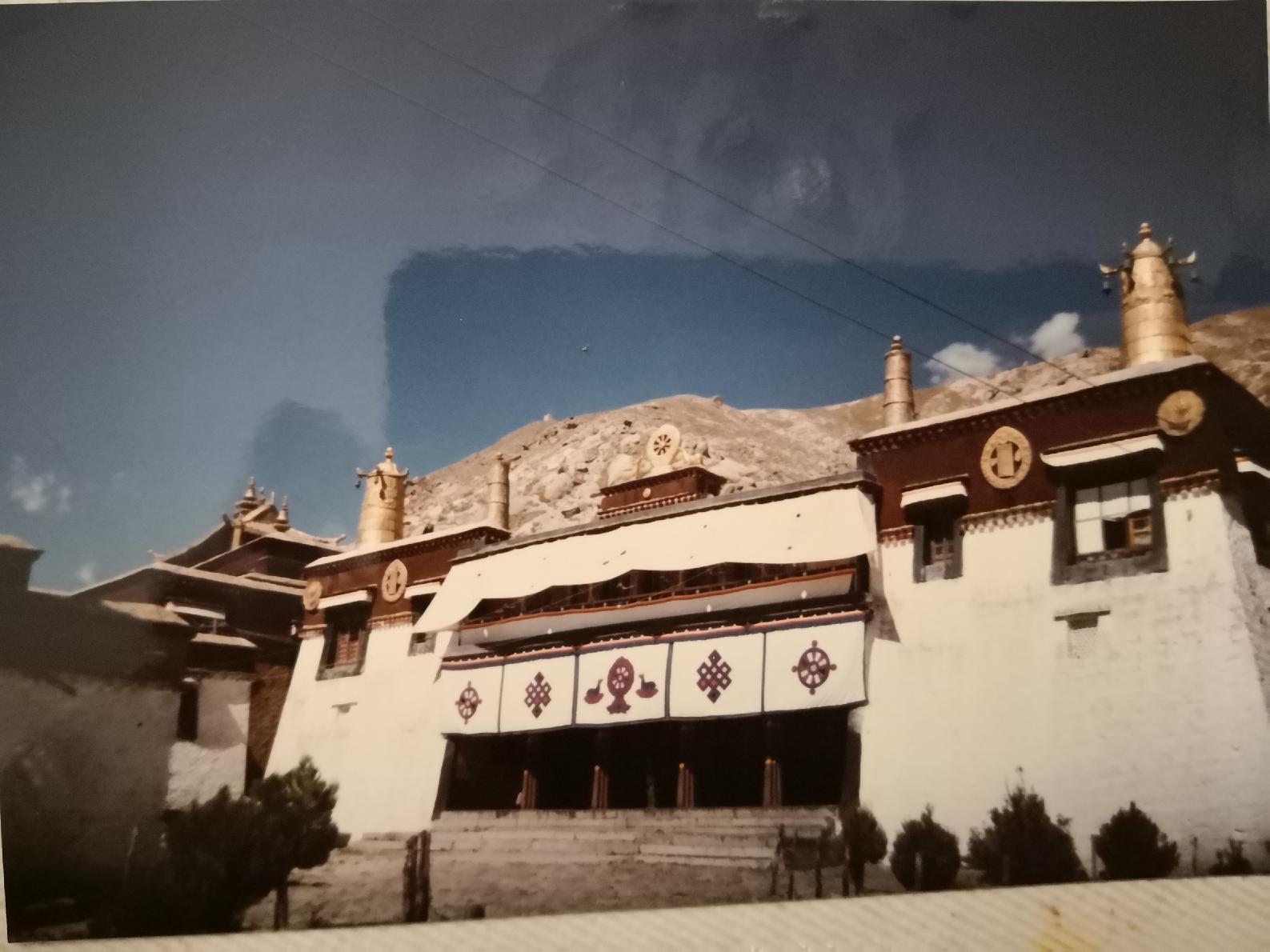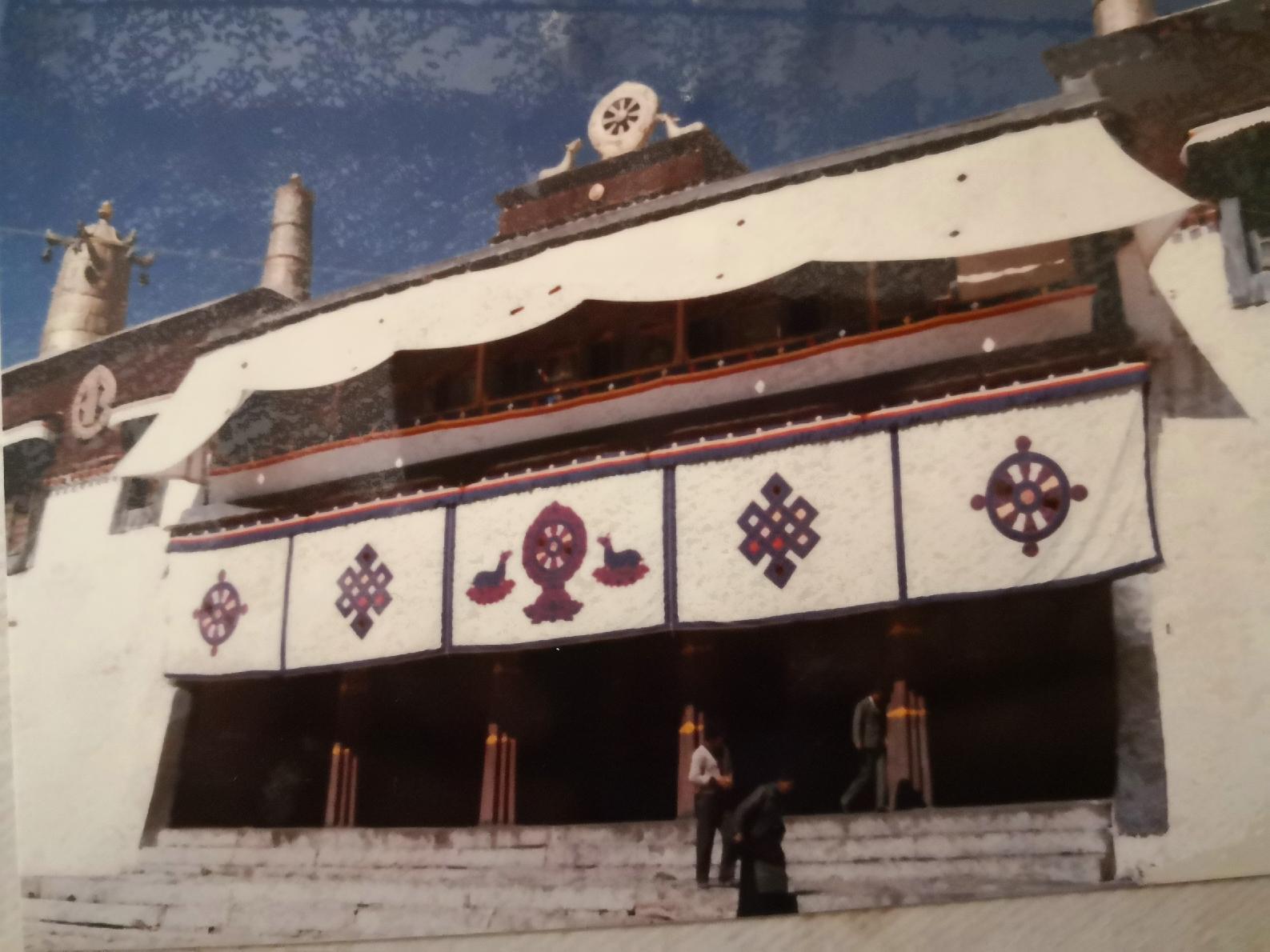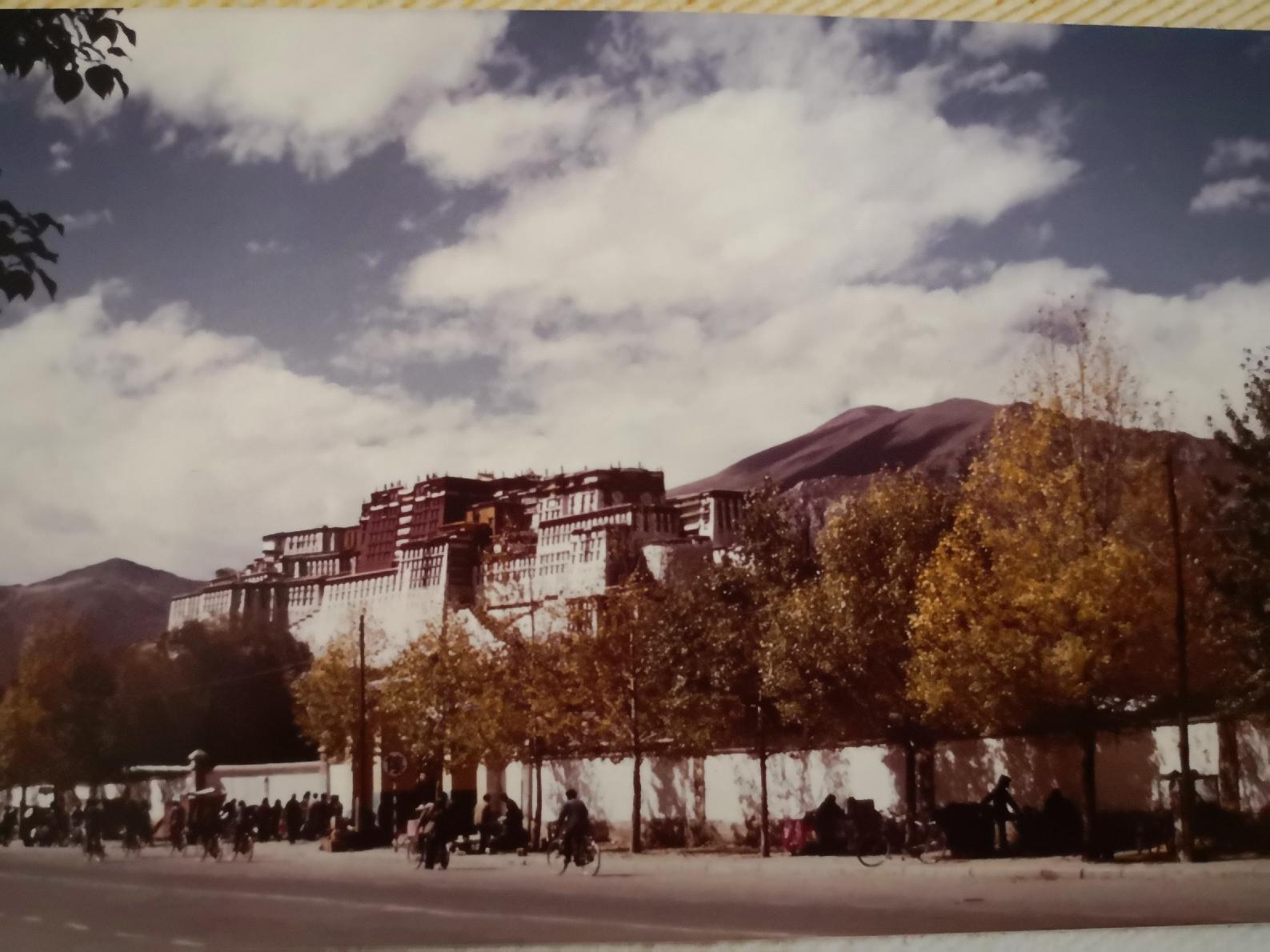
AsianOverland.net
Tour Guide - Itinerary
Asian Overland Sydney to London
Started 22/06/2022 Finished 21/06/2023365 Days ITINERARY
Day 82 date 11/09/2022MOUNT EMAI, SICHUAN to LHASA, TIBET, CHINA
ASIANOVERLAND.NET SYDNEY TO LONDON DAY 82: MOUNT EMAI, SICHUAN TO LHASA, TIBET, CHINA
One of my life objectives was to visit Tibet, Lhasa and the Potala Palace, so I was mildly disappointed in 1985 to find that the “road” between Chengdu and Lhasa was unsafe, impassable, treacherous and controlled by bandits and thieves. Instead of overlanding, we boarded a China Airways CAAC plane from Chengdu to Lhasa, with everyone except us carrying their chickens, roosters, goats and other pet animals in a plane which was so overcrowded that the extra passengers sat in the aisle, completely blocking the aisle, toilets and “safety” exits. The crew were obviously familiar with the aisle being blocked, so they threw refreshments from the front galley. Any passenger who was able to catch a bag of nuts or chips was suitably rewarded for their catching skills, but everything was shared in a Buddhist manner.
When we arrived in Lhasa in 1985, we knew we wanted to travel overland across Tibet and the Himalayas to Kathmandu, Nepal, but we had no idea how we would do it. Make no plans, break no plans.
Lhasa is the capital city of Tibet Autonomous Region of China and, at an altitude of 3,656 metres on the Tibetan Plateau, is one of the highest cities in the world. Lhasa is the religious and administrative capital of Tibet and contains many culturally significant Tibetan Buddhist sites including the Potala Palace, Jokhang Temple and Norbulingka Palace. Walking around at that altitude without aclimatization was breathless and difficult, so we hired local bicycles to help us travel around.
In the 7th century, Songtsen Gampo became the leader of the Tibetan Empire that had risen to power in the valley of the Yarlung Tsangpo River (in India known as the Brahmaputra River). After conquering the kingdom of Zhangzhung in the west, he moved his capital to Rasa (Lhasa), where in 637 he raised the first structures on what is now the Potala Palace on Mount Marpori.
In CE 639 and 641, Songtsen Gampo contracted two alliance marriages, firstly to Princess Bhrikuti of Nepal, and two years later, to Princess Wencheng of the Imperial Tang court. Princess Bhrikuti converted him to Buddhism, which was also the faith of his second wife Wencheng.
In 641 Songtsen Gampo constructed the Jokhang and Ramoche Temples in Lhasa to house two Buddha statues, the Akshobhya Vajra (depicting Buddha at the age of eight) and the Jowo Sakyamuni (depicting Buddha at the age of twelve), which were brought to his court by the two princesses as part of their dowries.
Lhasa suffered extensive damage under the reign of Langdarma in the 9th century, when the sacred sites were destroyed and desecrated and the Tibetan Empire fragmented.
From the fall of the monarchy in the 9th century to the accession of the 5th Dalai Lama, the centre of political power in the Tibetan region was not in Lhasa. However, the importance of Lhasa as a religious site became increasingly significant as the centuries passed. Lhasa was known as the centre of Tibet, where Padmasambhava pinned down the earth demoness and built the foundation of the Jokhang Temple over her heart.
Islam has been present since the 11th century, and two Tibetan Muslim communities have lived in Lhasa for centuries, with distinct homes, food, clothing, language, education, trade and traditional herbal medicine.
By the 15th century, Lhasa had risen to prominence following the founding of three large Gelugpa monasteries, Ganden, Sera and Drepung which were built as part of the Buddhist revival in Tibet (and are great photo stops).
The Jokhang Monastery (Jokhang Temple) is a Buddhist temple in Barkhor Square in central Lhasa. Tibetans, in general, consider this temple as the most sacred and important temple in Tibet. The temple is maintained by the Gelug school, but accepts worshipers from all sects of Buddhism. The temple's architectural style is a mixture of Indian vihara design, Tibetan and Nepalese design.
The oldest part of the temple was built in 652. Over the next 900 years, the temple was enlarged many times, with the last renovation in 1610 by the Fifth Dalai Lama. Following the death of Songtsen Gampo, the Buddha image in Ramcho Lake temple was moved to the Jokhang temple for security reasons. When King Tresang Detsen ruled from 755 to 797, the Buddha image of the Jokhang temple was hidden, as the king's minister opposed the spread of Buddhism in Tibet. During the late ninth and early tenth centuries, the Jokhang and Ramoche temples were used as stables. In 1049 Atisha, a renowned teacher of Buddhism from Bengal, taught in Jokhang.
Following the Gorkha-Tibetan war in 1792, the Qianlong Emperor of the Qing dynasty, did not allow the Nepalese to visit the Jokhang Temple, and it became an exclusive place of worship for Tibetans.
In 2000, the Jokhang became a UNESCO World Heritage Site as an extension of the Potala Palace (a World Heritage Site since 1994).
Norbulingka ("Jewelled Park") is a summer palace and surrounding park in Lhasa, built by the 7th Dalai Lama from 1755. It served as the traditional summer residence of successive Dalai Lamas from the 1780s until the 14th Dalai Lama's departure in 1959. Part of the "Historic Ensemble of the Potala Palace", Norbulingka was recognized was a UNESCO World Heritage Site in 2001.
Norbulingka Palace is on the west side of Lhasa, covers an area of 36 hectares, and is the largest man-made garden in Tibet.
Norbulingka Park is the premier park of all horticultural parks in Tibet. During the summer and autumn months, the parks in Tibet, including the Norbulinga, become hubs of entertainment with dancing, singing, music and festivities. The park is where the annual Sho Dun or 'Yoghurt Festival' is held.
© This work is copyright. Apart from any use permitted under the Copyright Act 1968, no part may be reproduced by any process, nor may any other exclusive right be exercised, without the permission of Peter Searle, peter@portseavillageresort.com; 1980-2024.
Website built by Justin O’Dea www.webdeveloperdocklands.com.au
